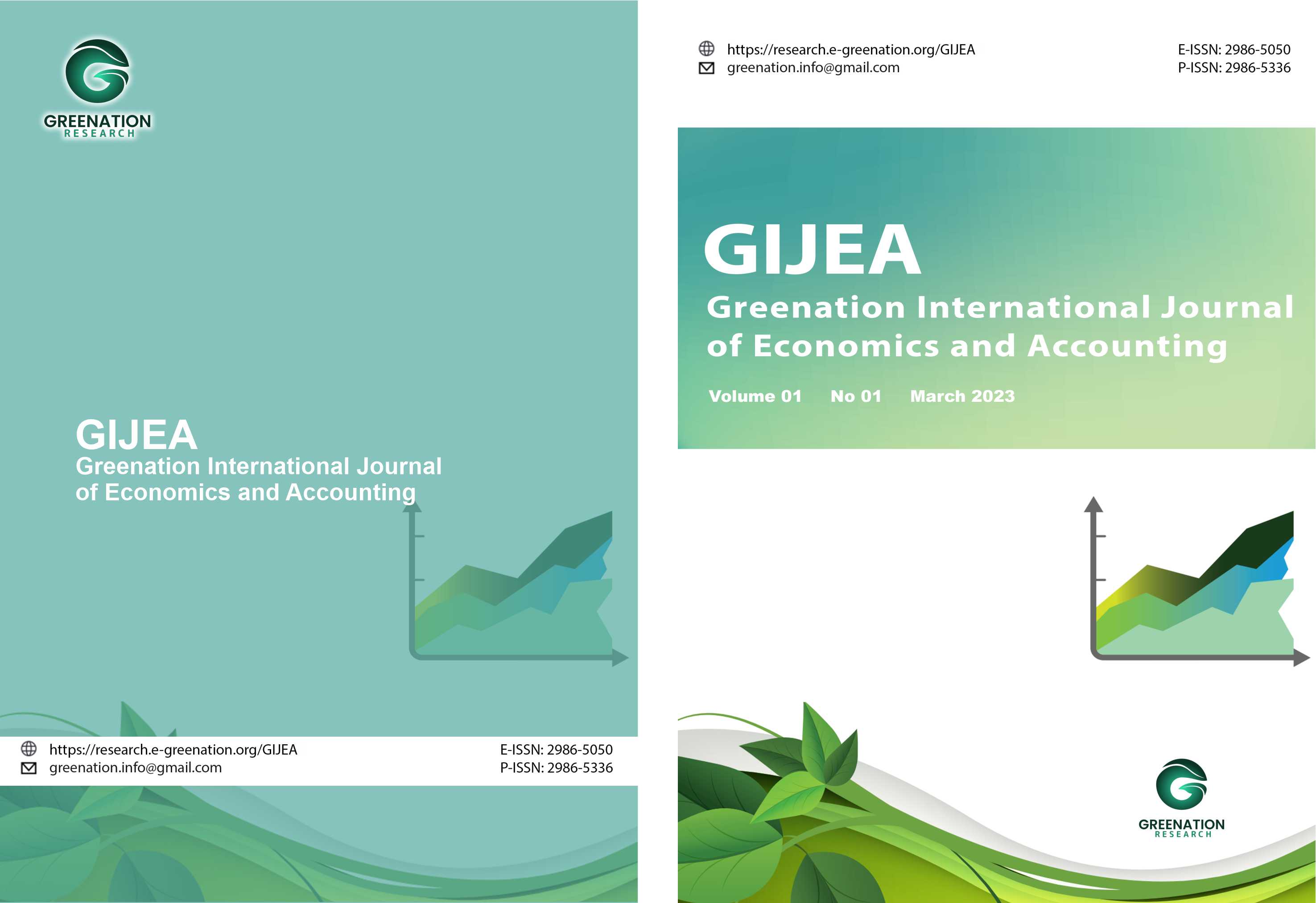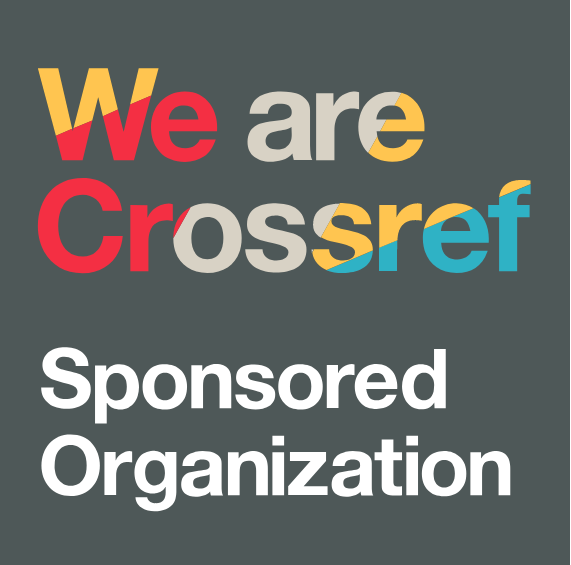Determinants Of Satisfaction And Its Implications On Final Semester Economics Faculty Student Loyalty at Private University In DKI Jakarta
DOI:
https://doi.org/10.38035/gijea.v1i3.87Keywords:
Learning Digitalization, Service Quality, Institutional Image, Student Satisfaction, Student Loyalty.Abstract
The purpose of this research is to determine methods to promote student loyalty at private universities in DKI Jakarta. The research’s goal is to discover and assess the effects of partial and simultaneous digitalization of learning, service quality, institutional image and student satisfaction toward student loyalty at private universities in DKI Jakarta. Another finding from the research's findings is that student satisfaction acts as a full mediating variable in mediating the variables of digitalization of learning, service quality, and institutional image in increasing student loyalty at private universities in the DKI Jakarta area. To increase student loyalty, the research suggests that priority attention be focused on maintaining the high variable of student satisfaction, namely on the dimensions of satisfaction on the curriculum, namely the suitability of the curriculum with the needs of the world of work, the suitability of courses with the concentration of study programs, and the suitability of the curriculum that keeps up with the timescators who are not interested in moving campuses.
References
Barata, A. A. (2006). Dasar-Dasar Pelayanan Prima. Gramedia Pustaka Utama.
Firmansyah, & Anang, M. (2018). Perilaku Konsumen (Sikap dan Pemasaran). Deepublish.
Fornell, C., Anderson, E. W., & Lehmann, R. . (2002). Customer satisfaction, market share, and profitability”, Findings from Sweden. Journal of Marketing, 58 No.1.
Irawan, H. (2009). 10 Prinsip Kepuasaan Pelanggan, Cetakan ketujuh. PT Gramedia Pustaka Utama.
Isman, M. (2017). Pembelajaran Moda dalam Jaringan (Moda Daring). The Progressive and Fun Education Seminar.
Keller, K. L. (2008). Strategic Brand Management, Measuring and Managing Brand Equity. Prentice Hall Inc.
Kuntarto. (2017). Kefektifan Model Pembelajaran Daring Dalam Perkuliahan Bahasa Indonesia Di Perguruan Tinggi. Indonesian Language Education And Literature, 3 No.1. https://www.syekhnurjati.ac.id/jurnal/i ndex.php/jeill/article/view/1820
Noble, S. M., Adjei, M. T., & Noble, C. (2009). The influence of C2C communications in online brand communities on customer purchase behavior. Journal of the Academy of Marketing Science, 38 No.5.
Nrangwesthi, W., & Wilopo, Y. D. P. (2020). Gambaran Penerapan {hysical Distancing Sebagai Upaya Menekan Persebaran Covid 19 di Daerah Istimewa Yogyakarta. Jurnal Ilmu Pengetahuan Sosial, 7 No.2. http://jurnal.um- tapsel.ac.id/index.php/nusantara/articl e/view/1766
Nugroho, F. Y. (2011). Pengaruh Citra Merek dan Kepuasan Pelanggan Terhadap Loyalitas Konsumen. Fakultas Pertanian Universitas Pembangunan Nasionaln.
Rangkuti, F. (2002). Measuring Customer Satisfaction. PT Gramedia Pustaka Utama.
Rangkuti, F. (2006). Measuring Customer Satisfaction. Teknik Mengukur dan Strategi Meningkatkan Kepuasan Pelanggan. Gramedia Pustaka Utama.
Schiffman, & Kanuk. (2007). Perilaku Konsumen (2nd ed.). PT Indeks.
Schiffman, L.G., & Kanuk, L. L. (2010). Consumer Behaviour. Pearson Prentice Hall.
Schiffman, Leon.G., & Kanuk, L. L. (2007). Perilaku Konsumen. PT Indeks.
Selnes, F. (2003). A Examination of The Effect of Product Performance on Brand Reputation, Satisfaction and Loyalty. European Journal of Marketing, 27 No.9.
Sumarwan, U. (2011). Perilaku Konsumen (Teori dan Penerapannya dalam Pemasaran). PT Ghalia Indonesia.
Swastha, B., & Irawan. (2005). Asas-asas Marketing. Liberty.
Tjiptono, F. (2000). Service, Quality, and Satisfaction. Andi offset.
Wijaya, A. (2008). Dasar Dasar Customer Relationship. Harvarindo.
Zaharah, Z., Kirilova, G. I., & Windarti, A. (2020). Impact of Corona Virus
Downloads
Published
How to Cite
Issue
Section
License
Copyright :
Authors who publish their manuscripts in this journal agree to the following conditions:
- Copyright in each article belongs to the author.
- The author acknowledges that the GIJEA has the right to be the first to publish under a Creative Commons Attribution 4.0 International license (Attribution 4.0 International CC BY 4.0).
- Authors can submit articles separately, arrange the non-exclusive distribution of manuscripts that have been published in this journal to other versions (for example, sent to the author's institutional repository, publication in a book, etc.), by acknowledging that the manuscript has been published for the first time at GIJEA.

























